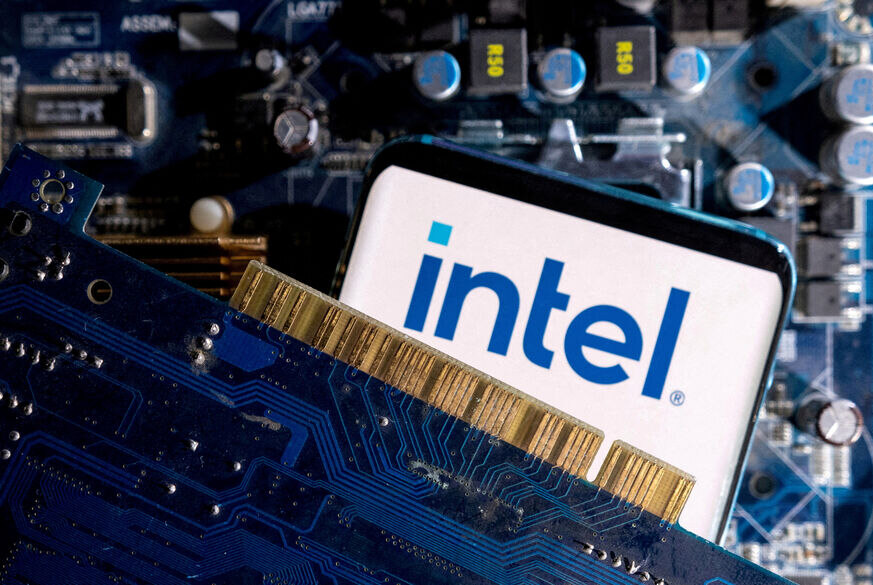- Mexican Peso extends gains as USD/MXN reaches 17.68 after hitting five-week low of 17.62.
- Mexico’s Industrial Production rebounds in May, indicating resilience amid economic slowdown.
- Banxico minutes suggest potential rate adjustments, while US producer inflation rises and consumer sentiment deteriorates.
The Mexican Peso extended its rally for the ninth consecutive trading day against the Greenback on Friday following the release of Mexico’s Industrial Product figures and June’s US inflation data on the producer side. The USD/MXN trades at 17.68, refreshing five-week lows of 17.62.
Despite the annual weakening, Mexico’s Industrial Production showed resilience by recovering in May, following April’s plunge in monthly figures. This recovery underscores a positive outlook amidst the country’s ongoing economic slowdown.
In the meantime, the latest Bank of Mexico (Banxico) minutes revealed that the disinflation process has evolved and may spark discussions to adjust interest rates at upcoming meetings. The board acknowledged the labor market's strength, yet stated that growth has shown signs of weakness.
Meanwhile, Jose Luis Ortega, CIO of Black Rock Mexico, commented that inflation in Mexico wouldn’t return to Banxico’s 3% goal by the end of 2025. He added that Banxico’s easing cycle will be gradual, though adjustments will continue.
Across the border, further inflation data revealed by the US Bureau of Labor Statistics (BLS) showed that prices paid by producers picked up above economists' estimates, while US Consumer Sentiment revealed by the University of Michigan (UoM) deteriorated.
In the meantime, Federal Reserve (Fed) officials grabbed the headlines and remained cautious in regard to monetary policy shifts. Chicago Fed President Goolsbee said that recent inflation data is “favorable” and might shorten the Fed’s last mile on inflation.
St. Louis Fed President Alberto Musalem said that the current interest rate level is appropriate for current conditions and sees the economy growing between 1.5% and 2% this year.
Daily digest market movers: Mexican Peso prolongs its gains, despite Banxico's dovish tilt
- Banxico board members project growth to be lower than expected, as Mexico’s economic activity has been weak since the end of 2023. Most policymakers mentioned that inflation will converge toward the target in the last quarter 2025.
- They added that services inflation does not show a clear downward trend, which was one of the reasons for keeping rates unchanged at the June meeting.
- Mexico’s Industrial Production (IP) in May came at 0.7% MoM, higher than April’s -0.4% and estimates of 0.4%. In the 12 months to May, IP was 1%, which fell sharply from 5.1% in April and missed the 1.2% projected.
- Mexico’s June inflation figures were higher than expected due to a rise in food prices when most economists expect Banxico to resume lowering interest rates.
- June US Producer Price Index (PPI) expanded by 0.2% MoM, higher than the 0.1% expected and above May’s 0%. Core PPI was hotter than the 0.2% foreseen, at 0.4% MoM.
- Annually based, PPI ticked up from 2.4% to 2.6%, above forecasts of 2.3%. Underlying inflation was 3%, up from 2.6%.
- UoM Consumer Sentiment declined from 68.2 in June to 66.0 in July. Inflation expectations for one year came as expected at 2.9%, down from 3%.
- US Dollar Index (DXY), which tracks the value of a basket of six currencies against the US Dollar, tumbled more than 0.30% and is down at 104.12.
- According to the CME FedWatch Tool data, the odds for a September cut are 88%, up from 85% on Thursday.
Technical analysis: Mexican Peso capitalizes USD weakness as USD/MXN drops below 17.70
The USD/MXN continues to slip further, with traders eyeing a test of the 17.50 psychological level. Momentum remains on the seller's side, as depicted by the Relative Strength Index (RSI), though key support levels in the exotic pair will be tested soon.
If USD/MXN drops below 17.60, the next support would be the confluence of the December 5 high and the 50-day Simple Moving Average (SMA) near 17.56/60, followed by the 200-day SMA at 17.28. Further losses would test the 100-day SMA at 17.20.
Conversely, USD/MXN buyers need to clear the June 24 cycle low of 17.87, which has turned into resistance, before challenging the 18.00 figure. Further upside potential is seen above the July 5 high at 18.19, followed by the June 28 high of 18.59, allowing buyers to aim for the YTD high of 18.99.

Banxico FAQs
The Bank of Mexico, also known as Banxico, is the country’s central bank. Its mission is to preserve the value of Mexico’s currency, the Mexican Peso (MXN), and to set the monetary policy. To this end, its main objective is to maintain low and stable inflation within target levels – at or close to its target of 3%, the midpoint in a tolerance band of between 2% and 4%.
The main tool of the Banxico to guide monetary policy is by setting interest rates. When inflation is above target, the bank will attempt to tame it by raising rates, making it more expensive for households and businesses to borrow money and thus cooling the economy. Higher interest rates are generally positive for the Mexican Peso (MXN) as they lead to higher yields, making the country a more attractive place for investors. On the contrary, lower interest rates tend to weaken MXN. The rate differential with the USD, or how the Banxico is expected to set interest rates compared with the US Federal Reserve (Fed), is a key factor.
Banxico meets eight times a year, and its monetary policy is greatly influenced by decisions of the US Federal Reserve (Fed). Therefore, the central bank’s decision-making committee usually gathers a week after the Fed. In doing so, Banxico reacts and sometimes anticipates monetary policy measures set by the Federal Reserve. For example, after the Covid-19 pandemic, before the Fed raised rates, Banxico did it first in an attempt to diminish the chances of a substantial depreciation of the Mexican Peso (MXN) and to prevent capital outflows that could destabilize the country.








